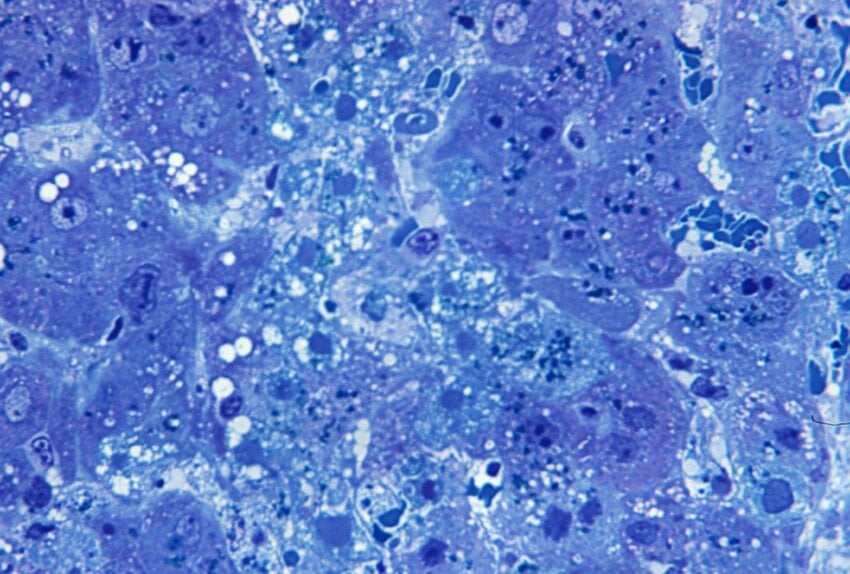
Categories:
Tags:
Acid mucinsaladdinaladdin creationsAlcian bluealcoholAzure A Techniquecarbohydratescationic dyeDehydratedewaxdistilled waterhistologyhydrogen bondsmedical laboratory sciencemetachromasiaMethylene Bluemisciblemoleculesmucinspolymeric dyeproteoglycanspurple-red colourspecial stainstoluidine bluexylene


No responses yet